This week, Commonwealth, State and Territory Building Ministers agreed to pause and streamline the NCC until at least mid-2029.
As part of this decision, EV charging provisions and residential energy efficiency changes will not be introduced at this time.
Electric Vehicle Council CEO Julie Delvecchio said: “Hitting the brakes on requirements that make it easier and more affordable for new homeowners to have smarter EV chargers at home undermines Australia’s efforts to electrify households to reach climate targets.
“This is a missed opportunity to embed practical, low-cost electrification measures into our building standards at a time when urgent action is needed to achieve the nation’s 2035 emissions reduction goals.
“Simple measures like a dedicated circuit for EV charging at homes which would add only $200 to the cost of a new home while making it easier for Australians to charge their cars at home and escape the eye-watering cost of petrol have been left out of the updated Code.
“Every home built without these provisions will be more expensive to retrofit later, creating unnecessary barriers for Australian families wanting to make the switch to electric vehicles.
“Many policy levers need to be pulled to ensure that one in every two new cars on Australian roads is electric by 2035 – that includes increasing Australians’ access to EV affordable charging solutions. In line with overseas, we know that 85% of Australians will charge their EVs at home, so ensuring new built residences are EV-ready makes going electric more cost effective for Australian families.
“We call on the state governments that are committed to helping their residents cut the cost of transport, to implement these low-cost, common sense changes in their states.”

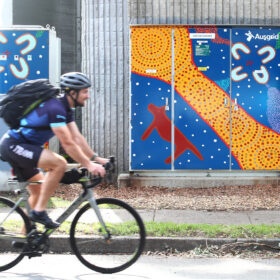
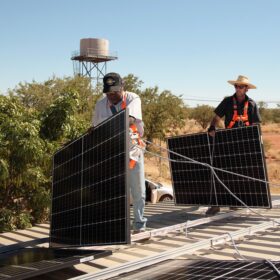
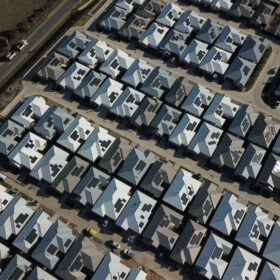
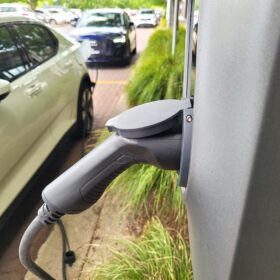
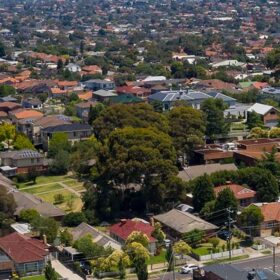
By submitting this form you agree to pv magazine using your data for the purposes of publishing your comment.
Your personal data will only be disclosed or otherwise transmitted to third parties for the purposes of spam filtering or if this is necessary for technical maintenance of the website. Any other transfer to third parties will not take place unless this is justified on the basis of applicable data protection regulations or if pv magazine is legally obliged to do so.
You may revoke this consent at any time with effect for the future, in which case your personal data will be deleted immediately. Otherwise, your data will be deleted if pv magazine has processed your request or the purpose of data storage is fulfilled.
Further information on data privacy can be found in our Data Protection Policy.